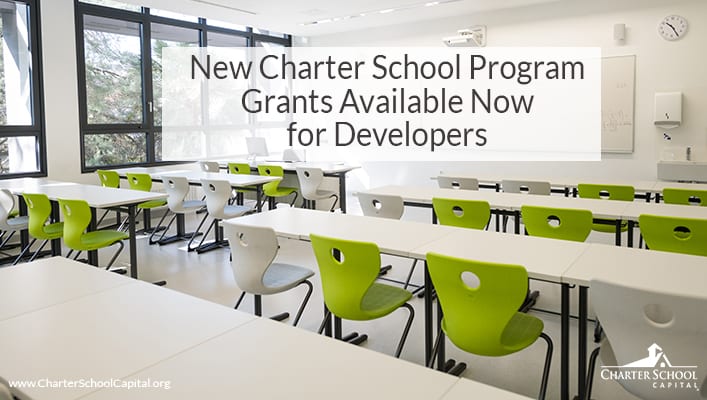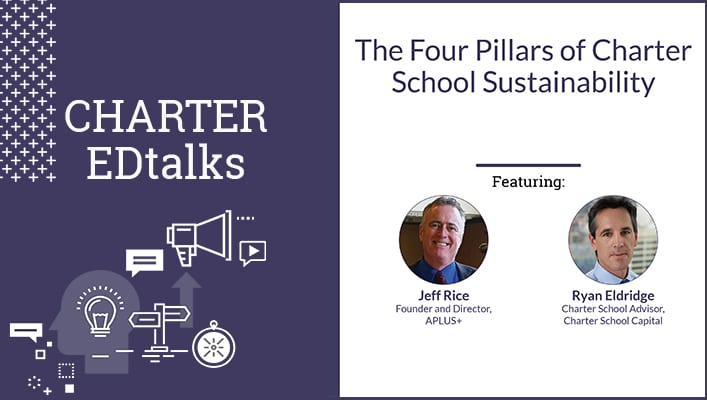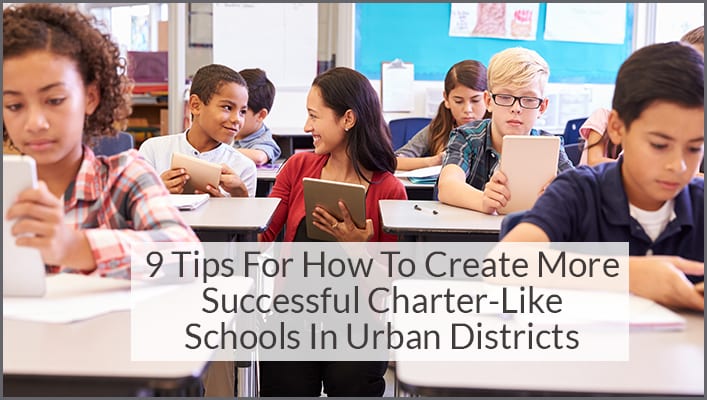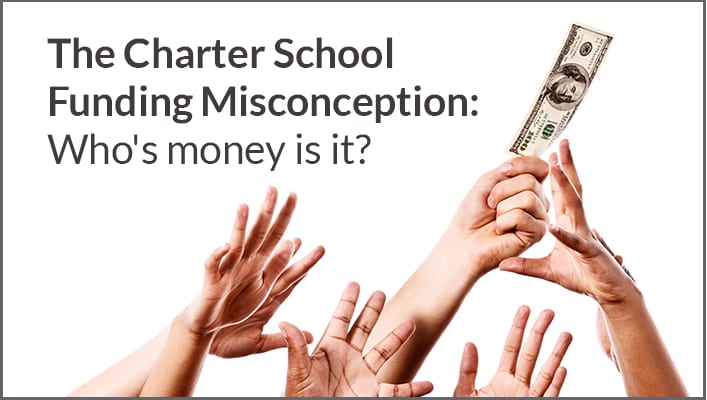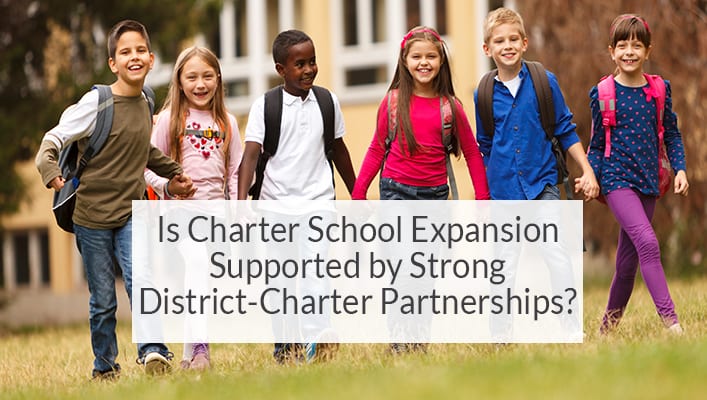During my time as interim CEO of a five-campus charter school, my team spent a lot of time talking about the communities we served and the stakeholders in those communities. Each school serves a specific community, and each community has a unique set of needs, desires, goals and challenges. Over time, we developed a needs assessment framework.
So, what exactly is a needs assessment? It’s is a systematic approach to understanding the nature and needs of your community. I’ll go over the three key recommended steps in a needs assessment, as well as some of the pitfalls to avoid and how to bring it all together.
Identify and Engage the Stakeholders
A good place to start is to establish the nature of your community and its segments. Of course, we can think of your school and its immediate neighborhood. For many charter schools, this may be the case. We have some schools that work with us that have students commute 30, 40 minutes by car. For those schools, community means something more than geographic proximity.
Your community is composed of your students, their parents, loving guardians and any adults actively invested in the lives of these students, and community members. The internal segment of your community is composed of the teachers and staff, the school leadership and the board. Another segment of your community would be the authorizers. The owner of your school building is definitely a stakeholder.
[CallOutBox bgcolor=”orange”]A needs assessment is a systematic approach to understanding the nature and needs of your community.[/CallOutBox]
If you have any partnerships or collaborations with other institutions or organizations, they are your stakeholders as well. Some STEM-focused charter schools have partnerships with the local university. West Hawaii Explorations Academy works closely with the School of Ocean and Earth Science and Technology (SOEST) of the University of Hawaii at Manoa.
Atlantis Charter School in Fall River, Massachusetts, has built a unique coalition of universities, businesses, financial and philanthropic institutions, and other community groups. Through this coalition, the charter school students have access to the Berklee College of Music in Boston and TJ’s Music, a real recording studio in Fall River. Atlantis students have access to a curriculum that mirrors what’s taught to Berklee first-year students. Through another partnership with the Massachusetts Institute of Technology (MIT), students have access to the university’s Integrated Design Management (IDM) lab. Programs such as these create a pipeline for students into STEM and the Arts.
Several charter schools work closely with local Boys and Girls Clubs. In San Marcos, TX, both the San Marcos Charter School and the Texas Preparatory Schools have implemented BGC programs.
What I aim to do with these examples is twofold. On one side, I’m hoping to lead you towards making as exhaustive a list of stakeholders as possible, leaving no stakeholder behind. On the other, I want you to think ahead and identify – based on your school’s mission, direction, and goals – the relationships you might want to establish in the future.
Determine What Questions to Ask
In previous posts, I’ve written about your WHY (the reason you’re doing what you’re doing, the vision you have for your school) and about growth. Both of these should guide this exercise. Your WHY should be accurately reflected in your Mission Statement. Your growth plan should be a topic in your board meetings and your conversations with school leadership. Keep both of these in mind, and think of the questions these inspire.
Some examples of questions to consider:
- What values/principles do they associate with this community?
- In their eyes, what are the key issues facing the community?
- In their eyes, what are the ways in which your charter school can forward those values/principles?
- In their eyes, what are the ways in which your charter school could help resolve the key issues affecting the community?
- What are their key expectations, and their hopes, in terms of your relationship with this school?
- In their eyes, what current aspect of your school do they hold dear? What elements and programs of your charter school drew them to the school?
- In their eyes, what current aspect of your school needs bolstering or improving?
Resource Mapping
Resource mapping is the process of identifying internal and external supports and services that can help you accomplish a set of goals.[CallOutBox bgcolor=”orange”]Some resources will inevitably prove more fragile or less reliable than anticipated through this process. At the same time, you might have some welcome surprises. [/CallOutBox]
As you speak with or survey the various stakeholders, you should keep resource mapping in mind. Find out which stakeholder can help in what capacity. Find out what tools, assets, materials, programs, facilities, etc., they have which might be a resource to your school. What people are available, what skills can they leverage? What’s their time availability, and what are their expectations? (recognition, prestige, compensation, etc.) In the examples above, resource mapping led to those relationships with universities, local businesses and local nonprofits.
Resource mapping can show you:
- Additional resources available to do more of what you’re already doing
- New resources that can help you accomplish the same things in a more efficient manner.
- New resources that can empower you to provide additional solutions to community needs.
Resource mapping has to be followed by active and strategic resource management. This is where the rubber truly meets the road. Do keep in mind that some resources will inevitably prove more fragile or less reliable than anticipated through this process. At the same time, you might have some welcome surprises with people or assets who prove a lot more valuable than you expected.
Pitfalls to Avoid
Not casting a wide enough net
One example of that, with a charter school, would be to forget to include authorizers. Or to leave out board members. The board members are ultimately responsible for the effective running of your school. They should always be included at the early stages of planning.
In a community where grandparents or extended family play an important participatory role in the life of the student, these family members should be included as stakeholders.
The students themselves are definitely key stakeholders and can also prove valuable resources. Students can be activated to create a GSA or a No Bullying campaign. Students can help organize fundraisers and do prep work for school events. Students can voice their needs, which may impact decisions about facilities, lunch menus, musical instruments, field trips or even new pilot programs to consider.
Another key aspect of this is that people who have been invited to be part of a process are much more likely to contribute, and people who have been excluded from a process are most likely to find fault and complain.
Not listening to snippets
Feedback and input won’t always arrive through formalized channels. The offhand comment a parent makes as they’re picking up their student, the suggestion another parent voices from their car during dropoff, the observation a teacher makes at lunch – all of these are snippets that can point to a serious problem or a surprising solution.
One potential practice would be to write quick emails to yourself, with the word “snippet” at the beginning of the subject line. Then, every so often, search for the keyword “snippet” in your emails, and look for trends and patterns in these snippets.
Missing the emotional component
As people share their thoughts, ideas and feedback with you, they are less likely to share the emotional context behind these thoughts. It’s a good idea to look for the underlying emotional triggers. An expression that comes to mind is, “if the problem was the problem, there would be no problem.” What this means is, if people knew and expressed what’s bothering them, the solutions might be immediately evident.
In listening to stakeholders, it helps to imagine yourself as part detective and part therapist – looking for ‘the things behind the things.’
Not understanding social structures
It can be disheartening to spend energy and time coordinating with one individual or group, only to find that they’re not the true decision-makers. To make plans based on assurances from one source, only to learn they’re not empowered to give such assurances. In identifying stakeholders AND in resource mapping, you’ll want to chart the relationships and structures among these. This will lead you to fruitful conversations with the right people.
Not recognizing external influences in your community
I recently worked with a school that did an exceptional job of identifying their stakeholders and making sure to ask the right questions, and getting solid information. What they missed was that a whole segment of their student body were family members of transient military personnel. When 10% of their student body left the school as a result of relocation over the summer, the school had to scramble to bring enrollment back to its baseline.
In our present situation, the COVID-19 pandemic is very much one such external pressure that is playing havoc with our plans. School leaders should stay nimble and adaptable, and have a Plan B and even Plan C ready.
Cohesiveness: Bringing it all together
Once you follow all of these steps, you’ll have a sizable volume of information. The task that remains is to sort through it, organize it, and most of all, sort out the conflicts.
You might find one segment of your community loves the idea of dropping the focus on language immersion in favor of an accelerated learning initiative. Meanwhile, another segment may become downright disaffected with the school if the language focus is dropped. Issues of heritage, ethnicity and tradition may make this especially emotional. Moving forward with the change without thoroughly addressing these concerns could spell doom for a school.
Conflicts and misalignments can be resolved through meaningful conversations with stakeholders to understand their motives and drivers better. Sometimes conflicts can be resolved by finding “the third solution.” Instead of A or B, there may be a C solution that accommodates both needs.
You don’t have to please everyone. Prioritize and decide what aligns best with your WHY, along with what contributes to the growth and sustainability of your school. Then, communicate, communicate, communicate. People react best to change when they’re given plenty of information about the reason for a change, the scope of the change, and its expected impact.
A needs assessment and resource mapping exercise does not dictate what you should do next. It provides key information toward that – but your next moves need not be reactive. Armed with all the information, you can move to the next stage, strategic planning.
 Do you remember why you started your school?
Do you remember why you started your school?
